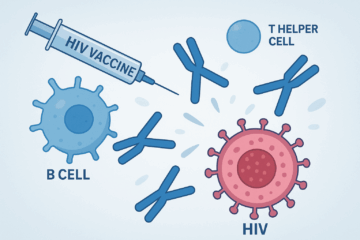Did you know…?
- STIs impact young people the hardest. In the U.S., almost half of all new infections in 2018 were among people aged 15-24.
- If you are sexually active, you can lower your risk of getting an infection several ways, including by using a condom the right way from start to finish.
- Almost all STIs that can be spread via condomless sex also can be spread through oral, anal and vaginal sex without a condom.
- You can’t tell if someone has an STI just by looking at them. Many infections don’t cause any symptoms, so the only way to know for sure is to get tested.
- Even if you use birth control, you should still think about STI prevention. Birth control methods like the pill, patch, ring, and IUD are very effective at preventing pregnancy, but they do not protect against STIs and HIV.
- The most reliable way to avoid STIs is to not have vaginal, anal, or oral sex.
You also should know that all STIs, even HIV, are treatable, and most are curable. The sooner you get tested, the sooner you can take action to protect your health and the health of your partner(s).
Some STIs can lead to serious health problems if they’re not treated. For example, an untreated STI, like chlamydia, can make it difficult or impossible for a woman to get pregnant. An untreated STI can also increase the chances of transmitting or getting HIV.
- STI tests are quick, simple, and usually painless. For example, rapid HIV tests can provide results from just a swab inside the mouth in only 20 minutes.
- Not all medical checkups include STI testing. Unless you ask to be tested, you can’t assume you have been. Ask your healthcare provider which tests may be right for you.
- Use the appointment form on this website to make an appointment to get tested!


